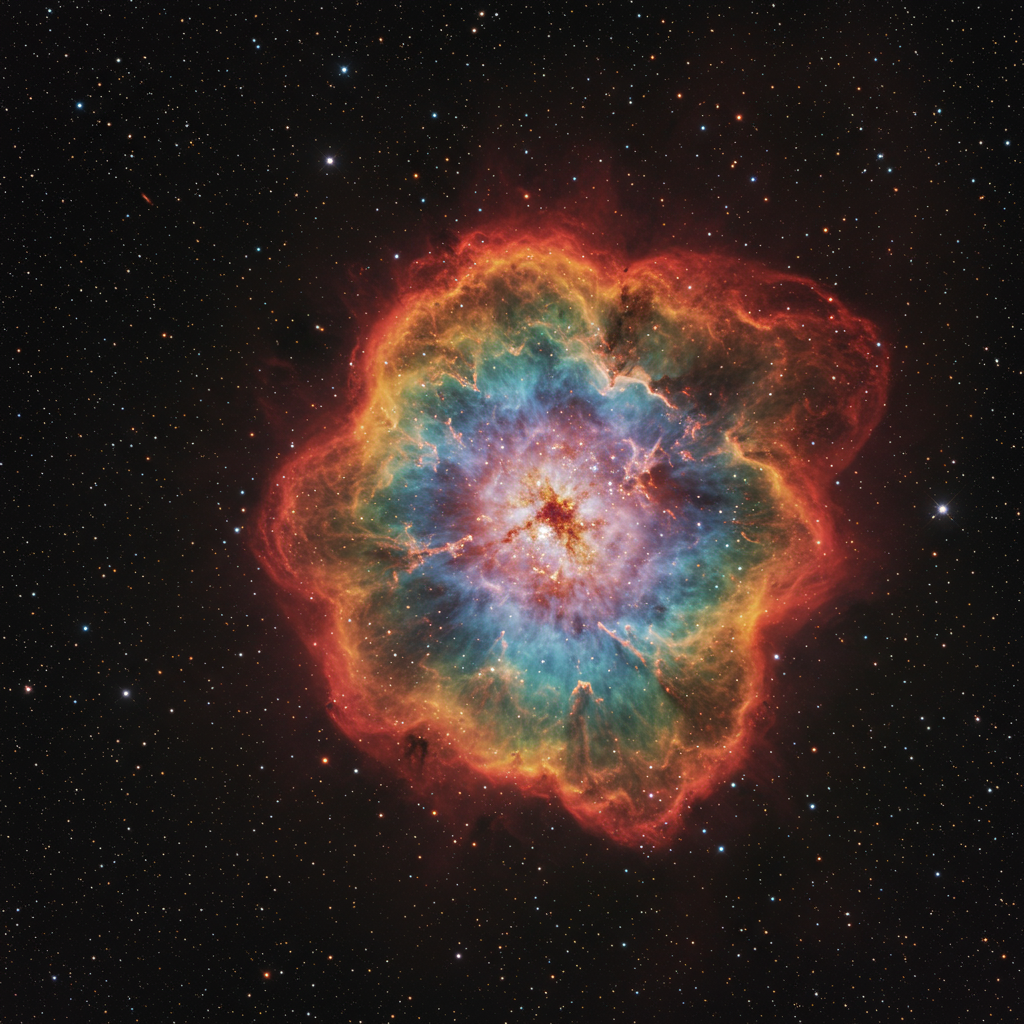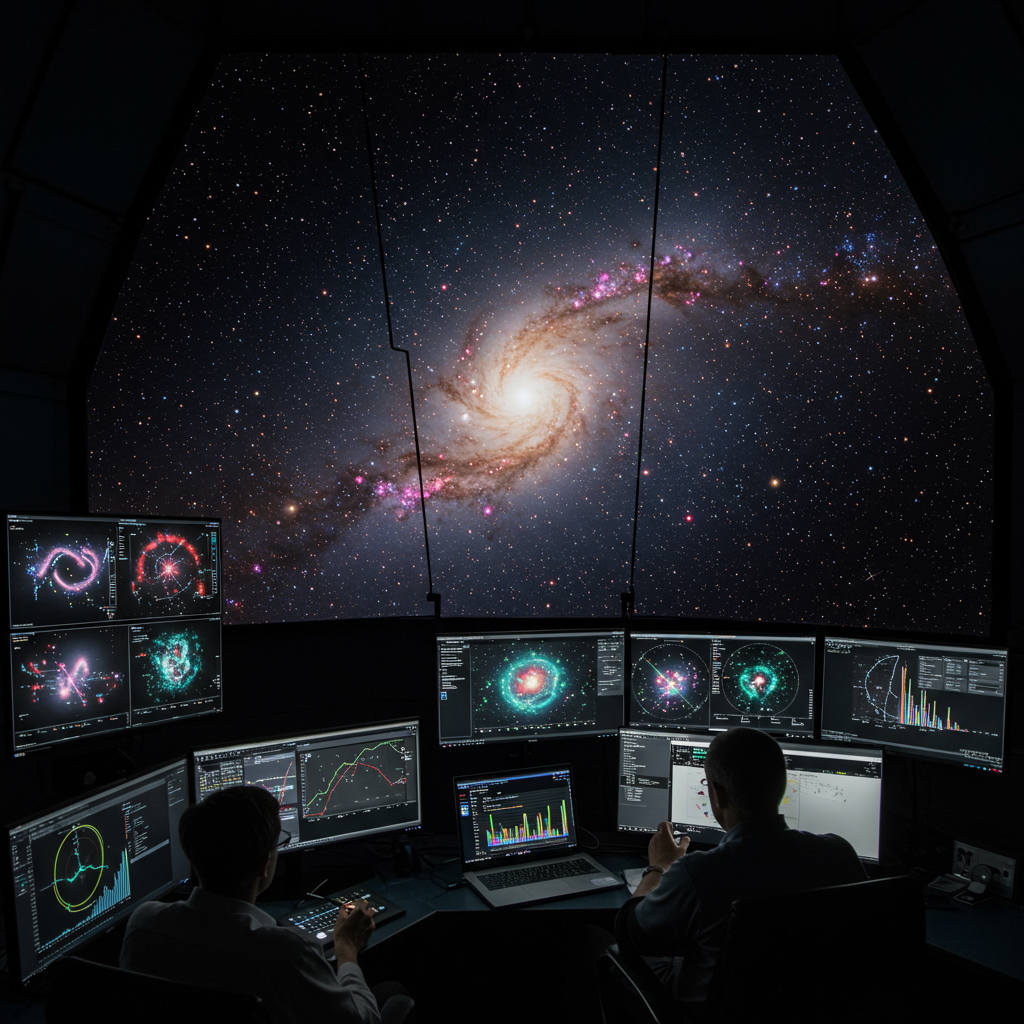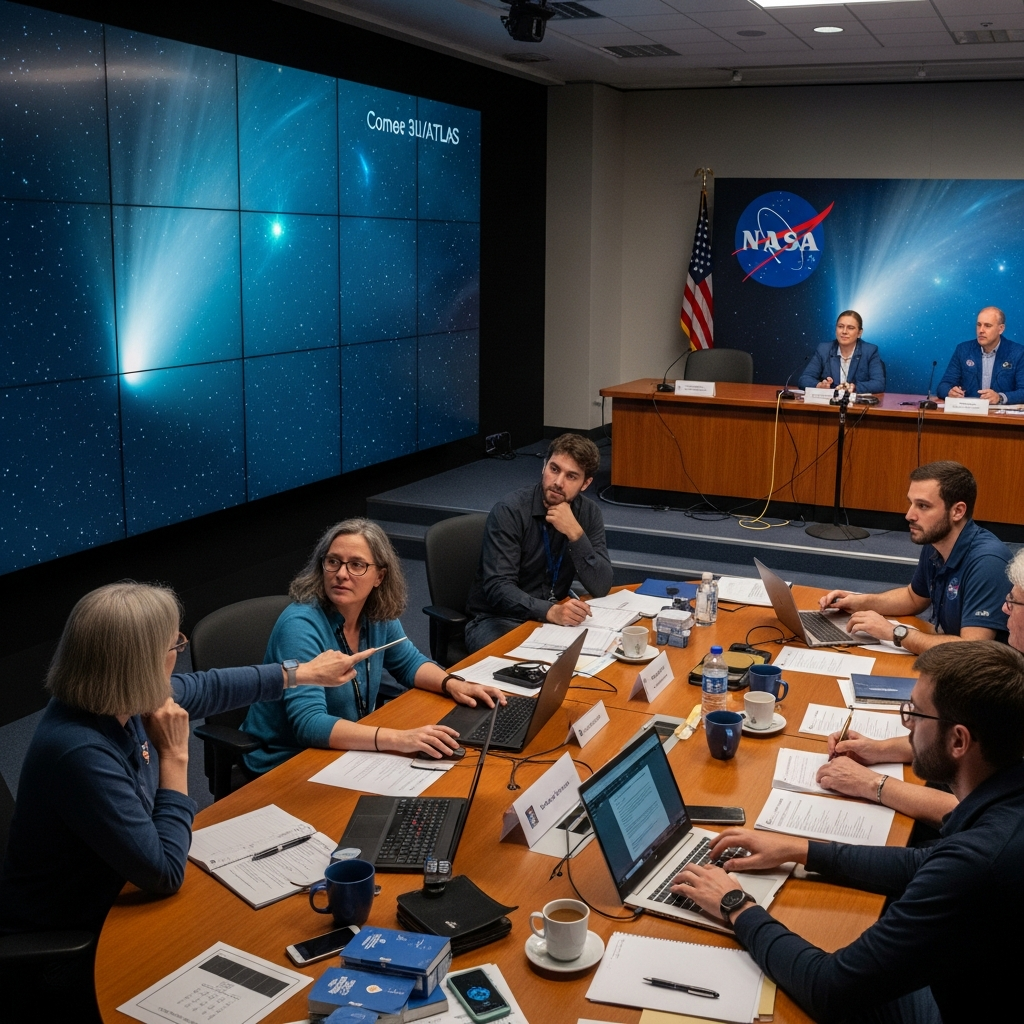The James Webb Space Telescope (JWST) has once again redefined our understanding of the cosmos, providing unprecedented views into the most fertile stellar nursery in our galaxy. Its latest observations peel back layers of cosmic dust, unveiling the vibrant, chaotic beauty of Sagittarius B2 (Sgr B2) – the Milky Way’s largest and most active star-forming cloud. This powerful infrared exploration is revolutionizing how scientists grasp the enigmatic process of massive star formation, particularly in the dense, dynamic environment near our galaxy’s supermassive black hole. By peering through what was once impenetrable, Webb offers critical clues into a cosmic paradox: how Sgr B2 manages to be such an incredibly efficient star factory.
Unlocking the Milky Way’s Busiest Stellar Nursery
Nestled only a few hundred light-years from Sagittarius A (Sgr A), the supermassive black hole at the very heart of our galaxy, lies the extraordinary Sagittarius B2 molecular cloud. This region is a bustling metropolis of stars, complex magnetic fields, and vast reserves of gas and dust. While the galactic center is generally rich in star-making material, Sgr B2 stands out for its disproportionate productivity. This cosmic anomaly sees Sgr B2, despite holding just 10 percent of the galactic center’s gas, being responsible for an astonishing 50 percent of all new stars formed there. This remarkable efficiency has long puzzled astronomers, making Sgr B2 a prime target for Webb’s advanced capabilities.
As astronomer Adam Ginsburg, principal investigator of the University of Florida program, noted, “Webb’s powerful infrared instruments provide detail we’ve never been able to see before.” These instruments are essential for understanding the “elusive mysteries of massive star formation” and the unique hyperactivity of this particular region. Unlike visible light, which is blocked by thick clouds, Webb’s infrared vision penetrates these obscuring veils, exposing nascent stars and the warm, glowing dust that surrounds them.
The Power of Infrared: NIRCam vs. MIRI
Webb’s unparalleled insight into Sagittarius B2 comes from two of its cutting-edge instruments: the Near-Infrared Camera (NIRCam) and the Mid-Infrared Instrument (MIRI). Each provides a unique lens through which to view this cosmic spectacle, revealing different aspects of the star formation process.
NIRCam’s Vibrant Canvas: The Near-Infrared Camera captures Sgr B2 in near-infrared light, showcasing a dazzling array of massive, colorful stars, glowing cosmic dust, and gas. What might appear as empty, dark patches in these images are, ironically, areas of extreme density. These aren’t voids, but rather cocoons of gas and dust so thick that even Webb’s powerful instruments cannot completely pierce them. Within these opaque nurseries, future stars are actively forming, still too young to emit their own visible light. Researchers will study these images to determine the ages and masses of these newly formed stars, hoping to unravel whether star formation here has been a continuous process for millions of years or was triggered by more recent events.
MIRI’s Warm Glow: In contrast, MIRI operates in mid-infrared light, emphasizing the warmth of glowing cosmic dust heated by very young, massive stars. In MIRI’s view, the brilliant stars that dominate NIRCam images mostly fade into the background. Instead, warm dust illuminates the scene with exceptional clarity, revealing previously unseen details. The reddest area in MIRI’s image, known as Sagittarius B2 North, is one of the most molecularly rich regions ever observed, now brought into unprecedented focus. Only the brightest stars manage to peek through the dense clouds as faint blue pinpoints.
Comparing the NIRCam and MIRI images dramatically highlights how different infrared wavelengths offer distinct insights. While NIRCam prioritizes the scattered light from stars and some hot gas, MIRI’s longer wavelengths cut through the obscuring material to reveal the fundamental building blocks of stars and planets: the dust and gas itself. This dual perspective is crucial for piecing together the complex story of stellar birth.
Decoding the Enigma of Galactic Star Birth
The galactic center, a region brimming with raw material, should theoretically be a hotbed of star formation. Yet, besides Sgr B2, its overall star production is surprisingly low. This central paradox – Sgr B2’s hyper-productivity contrasted with its immediate surroundings – remains one of the greatest mysteries Webb aims to solve. Researchers are now meticulously analyzing Webb’s data to understand the precise conditions, triggers, or processes that make Sgr B2 such an efficient star-making engine.
As Nazar Budaiev, a graduate student and co-principal investigator, aptly stated, “For everything new Webb is showing us, there are also new mysteries to explore, and it’s exciting to be a part of that ongoing discovery.” Webb’s observations of Sgr B2 build upon its broader contributions to understanding star formation across the universe. From the “Cosmic Cliffs” of the Carina Nebula, where previously hidden areas of star birth were revealed, to the surprising dust abundance in NGC 346 within the Small Magellanic Cloud – a region analogous to the early universe – Webb is consistently challenging and refining our theories about how stars come into being. The ability to detect even lightweight protostars (as small as one-tenth the Sun’s mass) and the presence of dust in their accretion disks, hints that rocky planets might have formed much earlier in the universe than previously imagined.
The Cosmic Journey: From Clouds to Stars
Understanding Sgr B2 requires appreciating the fundamental lifecycle of stars. Stars are born within vast, cold molecular clouds, immense agglomerations of gas and dust that can span hundreds of light-years. Within these clouds, gravity begins its relentless work. As clumps of gas and dust collide and accumulate, their gravitational pull intensifies, leading to gravitational collapse. This collapse heats the material, giving rise to “protostars”—baby stars still in their infancy. These nurseries, like Sgr B2, are crucial for observing the earliest stages of stellar evolution.
Over millions of years, the immense pressure and temperature within a protostar’s core ignite nuclear fusion, where hydrogen fuses into helium, releasing colossal amounts of energy. This energy generates an outward pressure that balances gravity, allowing the star to stabilize into its longest phase: the “main sequence.” Our Sun is a main sequence star, steadily fusing hydrogen. The mass of a star dictates its destiny; massive stars, like those forming in Sgr B2, burn through their fuel at a furious pace, living fast and dying young, often in spectacular supernovae that enrich the cosmos with heavier elements. This ejected material, in turn, seeds new molecular clouds, perpetuating a grand cycle of cosmic recycling and continuous star formation.
Frequently Asked Questions
What is Sagittarius B2 and why is it important for understanding star formation?
Sagittarius B2 (Sgr B2) is the most massive and active star-forming molecular cloud in our Milky Way galaxy, located near the supermassive black hole Sagittarius A* at the galactic center. Its immense importance stems from a cosmic paradox: despite containing only about 10 percent of the galactic center’s total gas, Sgr B2 is responsible for producing approximately 50 percent of all new stars in that region. This remarkable efficiency challenges astronomers’ understanding of star formation dynamics and the conditions that drive prolific stellar birth, making it a critical target for study by the James Webb Space Telescope.
How does the James Webb Space Telescope’s infrared technology help astronomers study dense star-forming regions like Sgr B2?
The James Webb Space Telescope’s (JWST) infrared instruments are uniquely capable of penetrating the thick clouds of gas and dust that typically obscure dense star-forming regions like Sgr B2 from visible light. Its Near-Infrared Camera (NIRCam) reveals massive, colorful stars and glowing gas, while also highlighting extremely dense, dark patches where protostars are still forming. The Mid-Infrared Instrument (MIRI) focuses on the warm, glowing cosmic dust heated by very young stars, allowing astronomers to see the raw material of stellar birth with unprecedented clarity. Together, these infrared capabilities bypass the cosmic veil, providing detailed insights into processes previously hidden from view.
What key mysteries about star formation in the Milky Way’s galactic center is Webb helping to solve?
Webb’s observations of Sgr B2 are directly addressing several profound mysteries about star formation in the galactic center. Foremost among these is understanding why Sgr B2 is so disproportionately active compared to the rest of the galactic center, despite the surrounding region also having abundant raw material. Scientists also hope to determine whether Sgr B2’s intense star-forming activity has been ongoing for millions of years or was triggered more recently by some unknown process. By examining the masses, ages, and surrounding environments of young stars in Sgr B2, Webb is providing critical data to unravel the complex mechanisms that govern stellar birth in such extreme galactic environments.
Conclusion
The James Webb Space Telescope’s exploration of Sagittarius B2 is more than just another astronomical discovery; it’s a profound leap in our understanding of how stars, the fundamental building blocks of the universe, are born. By leveraging its unparalleled infrared vision, Webb has pierced the cosmic dust, revealing a bustling star factory and highlighting a significant paradox in our galactic center. As scientists continue to analyze these rich datasets, Sgr B2 promises to unlock enduring secrets of massive star formation, helping us grasp the dynamic interplay of gas, dust, and gravity that sculpts our universe. The ongoing journey of discovery with Webb continues to inspire, reminding us that even after thousands of years of stargazing, the cosmos holds countless mysteries awaiting revelation.
References
- science.nasa.gov
- science.nasa.gov
- <a href="https://www.esa.int/ScienceExploration/SpaceScience/Webb/Webbexploreslargeststar-formingcloudinour_galaxy”>www.esa.int
- science.nasa.gov
- webbtelescope.org




